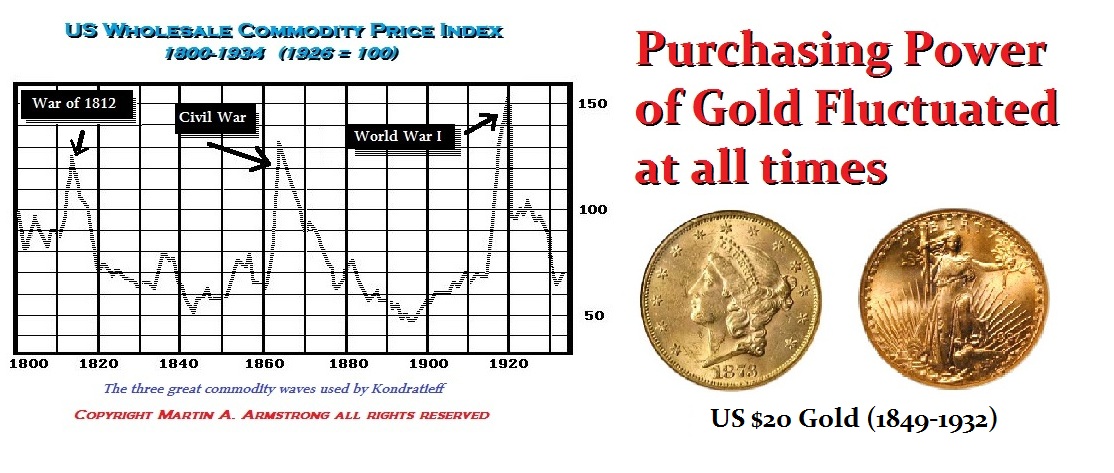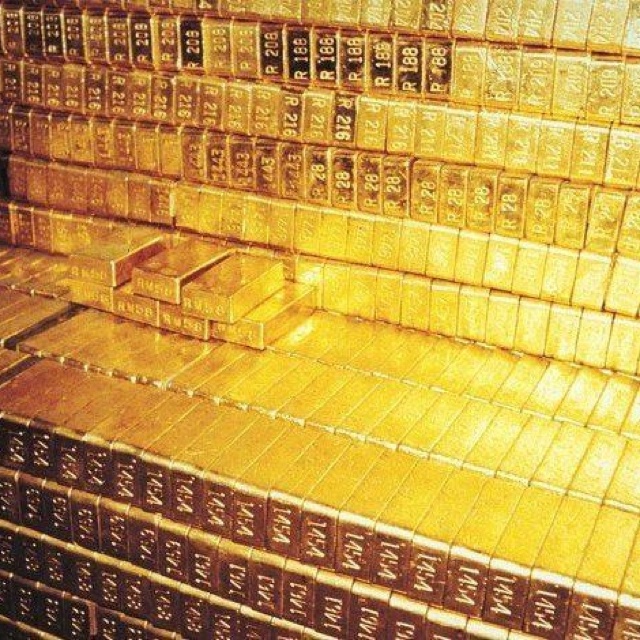A gold standard has never worked for one primary reason: the “money supply” cannot increase based upon economic conditions or politicians, rather it can increase due to new discoveries. This introduces the same flow concerned fiat money. The 19th century was plagued by the gold discoveries in California, Alaska, and Australia. Likewise, the discovery of gold in South America by the Spanish created massive inflation in Europe during the 16th century. The idea that gold provides some tangible value for money is absurd, for it has always risen and fallen in value based upon market conditions. Gold would no more provide a check against inflation than paper money. The only way to provide a stable money supply is to eliminate career politicians and stop the borrowing by government
Well, when it rains, it pours. In the Sudan, a large discovery of gold amounting to 43 tons has occurred, an amount expected to rise to 80 tons by the end of 2015, which is equivalent to a market value estimate of $2,555,262,400 if the market stays the same. The entire U.S. gold reserve is 8,000 tons. So, we are talking about a sizable discovery in the Sudan. The Sudanese government anticipates mining an additional 100 tons of gold in 2016.
From a supply-demand perspective, this could crush gold psychologically. In the long run, it will only have an impact when demand lags. It all depends upon the cost of production. When the monetary system cracks, that will be the focus. The markets will cherry-pick the news for that is always what they do.
The likelihood of the dollar collapsing is at zero right now. The crisis is manifesting in Europe first. The dollar will be driven higher as capital seeks to get off the grid and hide. The U.S. debt of $18 trillion is still a tiny fraction of the near $160 trillion in total world debt. It’s all a matter of perspective. Simply put, gold will rally ONLY when the stage is set. It will rise to the monetary crisis in the future – not right now.







